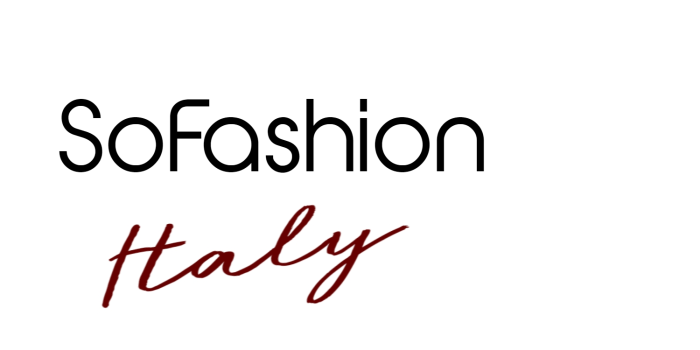Fashion is undoubtedly one of the most important sectors in the Italian economy, with more than 10,000 clothing manufacturers operating in the country. Just before the beginning of the pandemic, the total turnover for Italian fashion companies was close to 96 billions Euros, with a constant increase over the years. Similarly, there has always been an incessant growth in the export of Italian fashion products towards other countries: considering only the first six months of 2019, the increase in the turnover for the export in this sector was 7%. The demand for Italian fashion products comes mainly from neighbouring countries in Europe, from the United States, and, increasingly, from China, Japan, and South Korea.
Many of the Italian fashion companies are also organized for a fast-fashion, or ready-to-wear, production.The need to meet the increasing demand for products capable of reflecting all the new trends has pushed, in fact, many Italian manufacturers to adapt, and respond with a faster model, organizing themselves in order to make small productions of clothing through an extremely fast process. While made-to-order collections are produced over a relatively long period of time – approximately six months – the ready-to-wear fashion model focuses on the creation of limited collections continuously updated, made within a very short time, sometimes accomplishing all steps of the production cycle in just few weeks, with the ultimate consequence of allowing retailers to re-stock consistently and fast their stores. In the past, since its early beginning in the ’60s, this model of production in the Italian clothing sector was mainly associated with a low-cost, poor-quality product range . Through the years though, the situation has gradually changed, and the ready-to-wear production model started attracting companies with higher standards in terms of both quality and design. Nowadays, a significant and ever growing number of well-known, quality brands, previously only devoted to made-to-order collections – are taking advantage of the ready-to-wear production model, making their new creations available to retailers within much shorter deadlines. Furthermore, even for ready-to-wear garments with a lower price range than made-to-order collections, one has to note that the vast majority of the production, in fact, takes place entirely in Italy. Most of the times every step of the process, from the initial idea up to the smallest detail in the finishing, is made in Italy, benefitting from all the creativity and expertise of the Italian tradition in the field of fashion. The obvious result is the availability of products with high quality value, made in Italy and offered on the market at a reasonable and accessible price. Fashion has become a crucial sector in the Italian economy, growing steadily throughout the years thanks to the success and popularity of the Italian style around the world, that has reflected on the external trade. Nevertheless, the sector has suffered immensely – and it is still suffering – for the crisis brought on by the pandemic, with a loss estimated to be around the 30%. In this difficult months the
ready- to- wear production model has obviously performed comparatively better, thanks to its flexibility and ability to rapidly adapt to the market circumstances , including the stop-and-go measures imposed by the pandemic. Even retailers who were used to rely on made-to-order collections only, in the past months had to refer to the available fast fashion products.

